#7th-century
Explore tagged Tumblr posts
Text

7th-century church of Saléchan, Gascony region of France
French vintage postcard
#french#church#carte postale#7th-century#sepia#photo#postkarte#tarjeta#ansichtskarte#salchan#century#postkaart#ephemera#postcard#vintage#saléchan#historic#postal#region#briefkaart#gascony#france#photography
3 notes
·
View notes
Text

~ Eccentric Flint in the Form of a Scorpion.
Place of origin: Belize, Guatemala, Honduras, or Mexico (Mesoamerica)
Culture: Maya
Date: A.D. 600–900
Medium: Stone, Chert
#7th century#10th century#flint#eccentric flint#scorpion#mesoamerica#maya#mexico#belize#guatemala#honduras#stone#chert#a.d. 600#a.d. 900#history#museum#archeology#archaeology
6K notes
·
View notes
Text

Brooch (the so-called "Hanney brooch") of Anglo-Saxon (Kentish) manufacture, decorated with garnets set in bosses of a white material, perhaps shell. Made in the 7th century, the brooch was found in the grave of a woman between 20 and 25 years of age and would have been worn on her left shoulder. From Oxfordshire, England, UK; now in the British Museum. Photo credit: Ian R. Cartwright/The Portable Antiquities Scheme/The Trustees of the British Museum.
#art#art history#Dark Ages#Anglo-Saxon#Anglo-Saxon art#Anglo-Saxon England#artifacts#artefacts#jewelry#jewellery#brooch#7th century art#British Museum
591 notes
·
View notes
Text

A replica of the 7th-century Sutton Hoo ship which was discovered in 1939 at an Anglo-Saxon burial site, Sutton Hoo, Suffolk
434 notes
·
View notes
Text



BYZANTINE MARBLE TABLE TOP WITH ROUNDELS 6TH-7TH CENTURY A.D.
#BYZANTINE MARBLE TABLE TOP WITH ROUNDELS#6TH-7TH CENTURY A.D.#marble#marble table top#ancient artifacts#archeology#archeolgst#history#history news#ancient history#ancient culture#ancient civilizations#roman history#roman empire#eastern roman empire#byzantine empire#ancient art
402 notes
·
View notes
Text

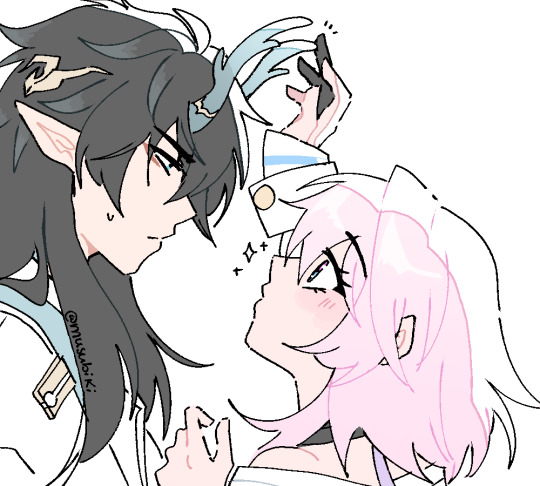
danmarch 🐉💎
#honkai star rail#dan heng#march 7th#danmarch#fanart#hsr#what else do i tag. i have no idea#anyway. im breaking my VERY LONG oc art streak to post my one(1) contribution to star rail#i care them very much#ive been playing this game so religiously and they have not left my team#tragic past(emo) vs tragic past(girly pop)#theres NO WAY with marchs very teenage girl mind that she does not have a crush on the hot cool mysterious yet caring dragon guy#who stays in the room right next to her#and the fact that he teases her so much........#the whole ass belabog quest he throws in little harmless march roasts every so often#he fucking CARE her#i bets shes like a filipino mom with that camera. every oppertunity (picture!!!!)#and dan heng gets dragged into it#he is honing his photography skills against his will#any nice place? shes like (lemme pose can you get a photo of me?)#dan heng just sighs#they bond over silently judging stelle rummaging through the garbage#cast each other that best friend glance as half her body is sticking out of a trash bin#i like to think you see them hanging out on the train together#with dan heng reading some obscure 8th century book on civilization pattern and development#and march is humming and putting stickers and aesthetic shit in her scrapbook#taping a piece of antimatter legion loot in the middle of a page#and with bubbly handwriting (we beat some bad guys today!!! <333 so fun!!)
701 notes
·
View notes
Photo

The Anglo-Saxon occupation of England
247 notes
·
View notes
Text

Rhodian jug
* 7th / 6th century BCE
* British Museum
London, July 2022
162 notes
·
View notes
Text

Frankish disk brooch
Gold sheet, filigree, adularia, glass cabochons, garnets, mother-of-pearl, and moonstone
Late 7th century
Found in Niederbreisig, Germany
#light academia#dark academia#classical#academia aesthetic#escapism#academia#books and libraries#classic literature#books#architecture#object#Frankish#brooch#jewellery#jewelry#gold#filigree#moonstone#glass cabochons#garnet#mother of pearl#adularia#late 7th century#7th century#Niederbreisig#germany#royal core#cottage core#aesthetic#history
74 notes
·
View notes
Text
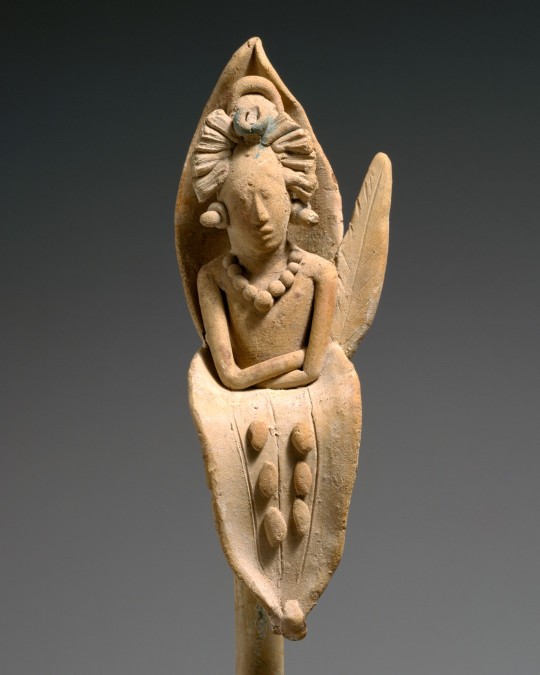
Maize God emerging from a flower - Mayan, 7th century
#art#sculpture#Maize God emerging from a flower#Mayan art#7th century art#The Metropolitan Museum of Art
320 notes
·
View notes
Text

Interior of the 7th-century Hagios Demetrios Church in Salonica, modern-day Thessaloniki, Greece
French vintage postcard, mailed in 1917
#vintage#tarjeta#church#briefkaart#century#postcard#photography#hagios#greece#postal#thessaloniki#carte postale#modern#sepia#salonica#ephemera#7th-century#interior#demetrios#historic#french#ansichtskarte#postkarte#hagios demetrios church#postkaart#mailed#photo#1917
5 notes
·
View notes
Text
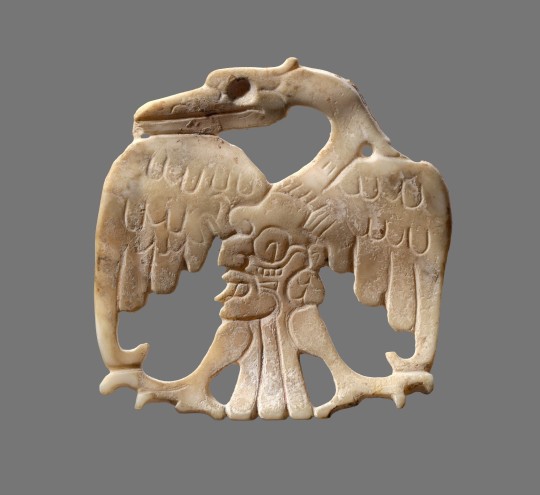
~ Bird ornament.
Date: A.D. 600–800
Place of origin: Guatemala or Mexico, Mesoamerica
Culture: Maya
Medium: Shell
#history#museum#archeology#archaeology#Mesoamerica#precolumbian#bird ornament#guatemala#mexico#7th century#9th century#shell#maya#a.d. 600#a.d. 800
3K notes
·
View notes
Text

Rhyton (silver with mercury gilding and glass inlays) in the shape of a woman and water buffalo, from the Sasanian Persian Empire. Artist unknown; 7th century AD/CE. Now in the Cleveland Museum of Art.
#art#art history#ancient art#Persia#Persian art#Sasanian Dynasty#Sasanian art#metalwork#silver#silverwork#rhyton#drinking vessel#7th century art#Cleveland Museum of Art
150 notes
·
View notes
Text
Interrupting our fan art parade to say: Ask me what I did today!
Alchemy. I’ve been doing alchemy.
#7th century BCE#cuneiform tablet#coloring silver gold#Hermes Trismagistus#Psuedo Democritus#Zosimus#Maddalena Rumor#Rekha Srinivasan#CWRU
78 notes
·
View notes
Text




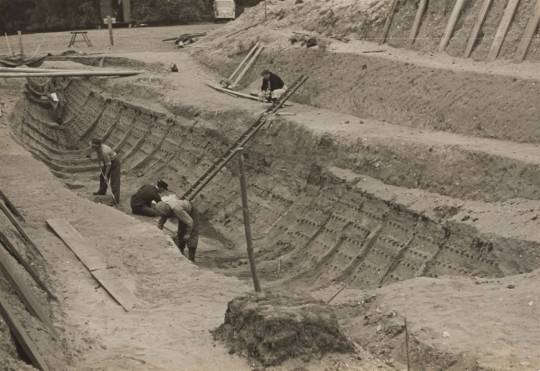
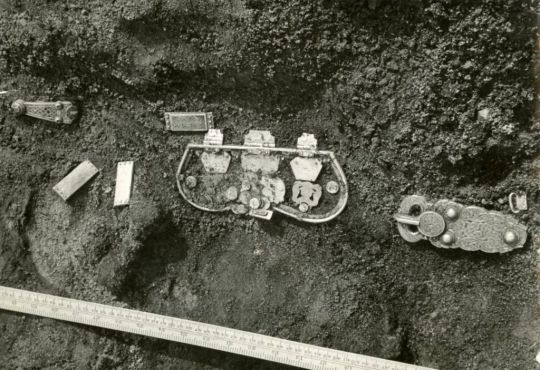

The Sutton Hoo ship an Anglo-Saxon boat burial from the 7th century - Excavation Photos from 1938
139 notes
·
View notes
Text
My partner has planted the idea that Sampo could turn out to be an emanator of the Elation into my head and now I have latched on to the concept and keep finding little reasons to believe in it.
It got brought up mostly because of the rating gun ratings. March, Jing Yuan, Luocha, and Sampo all cannot be rated by the gun. Finding a link between them is hard, but with Acheron, a known emanator upcoming, and folks saying that she is also unrateable...
And I know, I know, Herta is already an emanator, yes, but we only have 4 star Herta available to us, AKA a mere puppet version of her.
Anyway, if we suppose that the unrated characters are some brand of Emanator, or maybe just Have Emanator potential? Consider:
March 7th, based on some of the tidbits we experienced playing Fu Xuan's story quest, has potential to have been, or maybe to become, an emanator of the Remembrance. Her inherent tie to the values of memories and wanting to gather more of them and recover what she can is very in theme.
Luocha, I think it is very safe to assume that he is very very likely to be an Emanator of the Abundance, if the Luofu arc and Jingliu's story quests are anything to go off of. Dude is SUS as FUCK and very VERY disturbingly good at abundance things to the point of being able to heal someone in an artificial body. And that's him hiding stuff.
Jing Yuan at the moment is giving us the energy of a guy with a lot of latent power in him that hasn't fully been brought to light. With the way he's given us a promise to come to our aid immediately when called, and his threat to Phantylia that the Hunt would pursue the Destruction could be foreshadowing his eventually becoming an emanator of the Hunt? This is pushing it of course, but I'm just spitballing possibilities here working off the assumption that the rating pistol can't rate Emanators successfully.
As for Sampo??? There would be nothing funnier than the dude we found cowering in a snowdrift who Dan Heng shanked with a spear turning out to be a wholeass Emanator. The guy runs on Looney Toons logic half the time, and breaks the 4th wall just like Aha. Comedy relief character as he is, but what if he embodied the divine will of the aeon of fucking around and finding out? Like, tell me, how did this Masked Fool manage to quit the fool stuff and fuck off to a planet no one has visited in centuries, within the last 10 years or so? Sparkle KNOWS him. He has Stories about him among the fools. She knew him before he retired to Belabog. How did he Get there??? An Emanator of an Aeon like Aha could probably pull something like that off....
Listen I don't know if it all makes sense, but it would at the very least be hilarious and for that alone i want it to be true
#hsr#honkai star rail#sampo koski#hsr sampo#march 7th#jing yuan#acheron#luocha#also the idea of Jing Yuan becoming an emanator and getting a new 5 star version of him is my copium#and then there would be memes about him finally getting that power nap he's needed for centuries
169 notes
·
View notes